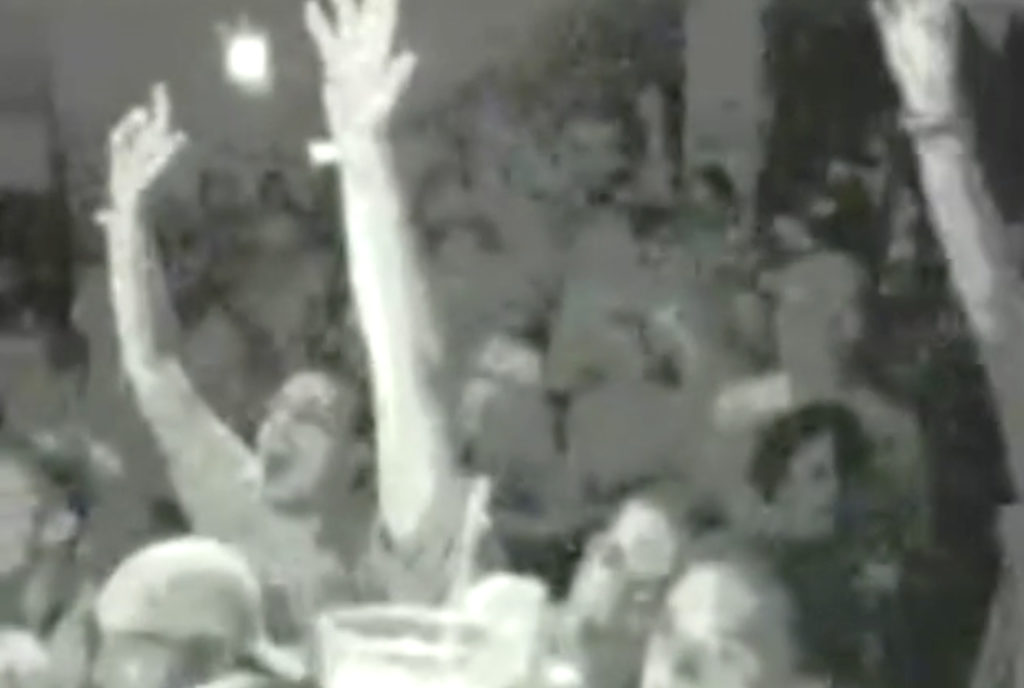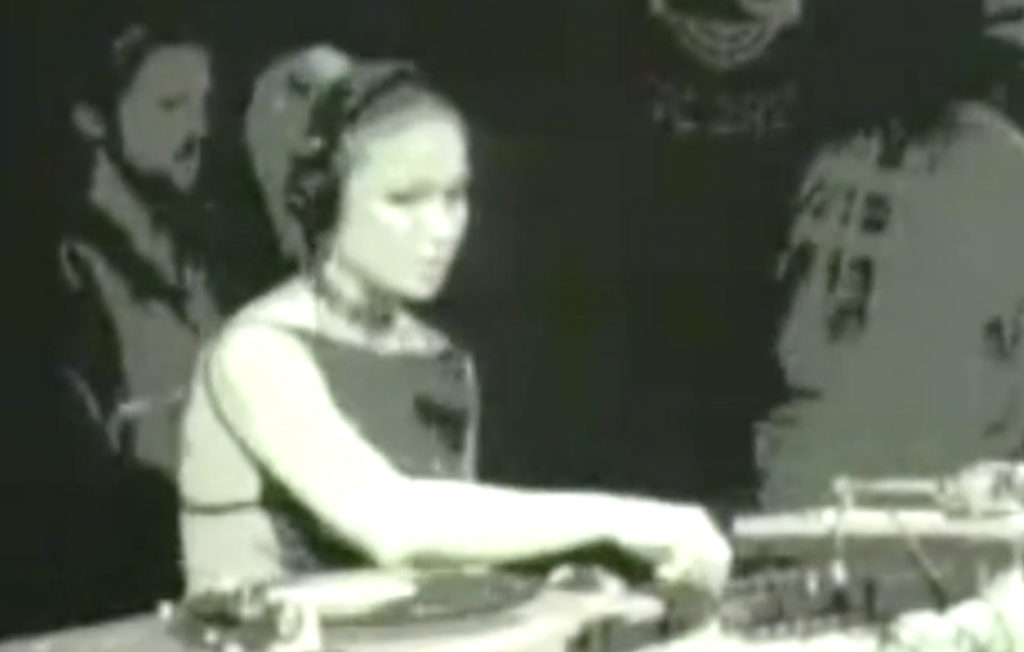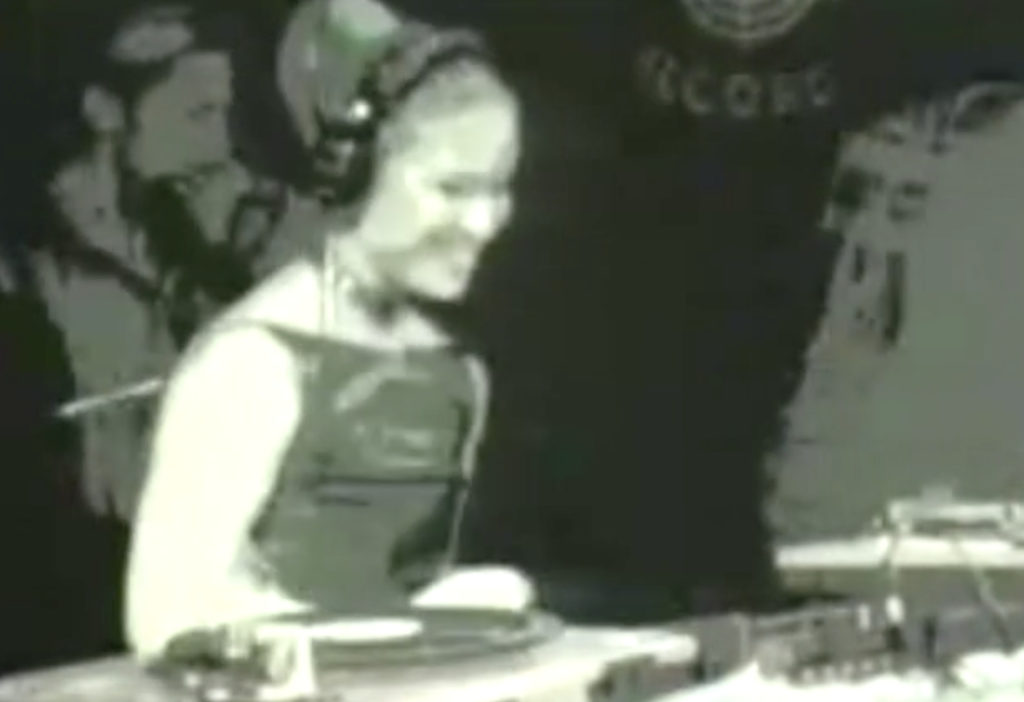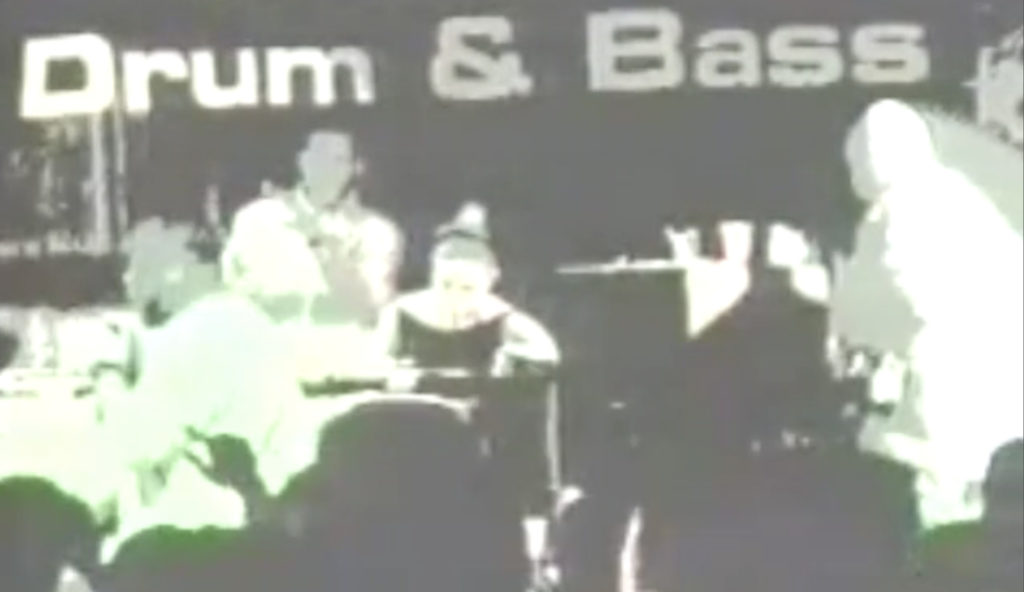





DJ Rap was born in Singapore, daughter of an Italian father and an Irish-Malaysian mother.The family moved to Southampton, England, when Saverio was a teenager.She later lived in Walthamstow, East London before she became a DJ.
She has worked as an engineer, often collaborating with other artists. After being the first artist on the scene to self-release her first CD, she signed to Sony along with Grooverider and Leftfield.
Her artist album, Learning Curve, was released in 1999 to critical acclaim, and resulted in several stylized music videos, including two versions of “Good to Be Alive” (one for the CD version and another for the radio remix) and “Bad Girl”, a song about having to be a strong woman to survive. Rolling Stone gave Learning Curve three and a half stars, stating “this is the record Madonna wanted to make”.
She also released compilation albums Journeys by DJ, Propa Classics Vol. 1 and 2, Brave New World, Armani Exchange CHEMISTRY and Touching Bass, Bulletproof, and Up All Night.
DJ Rap has also done vocals for several artists, including BT (for “Giving Up the Ghost”) and Art of Trance (for “Madagascar [Domi Nation Remix]”).
In 2014, she played “Hologram Girl” in The Principle, a documentary examining the Copernican Principle.
In the short films Riddle of the Mask and Truth of the Mask, she portrayed Helena Bertinelli aka the Huntress
OPTICAL
In 1995 he first met his main future musical collaborator, another upcoming drum and bass artist Ed Rush with whom he will form the musical partnership that they are both most known for. Shortly after, Rob Playford gave Optical a small space in his Soho office building to use as his studio, and in this studio the duo recorded and released the first of several 12″ singles both as Ed Rush & Optical and in collaborations with other artists. Having recorded a dozen or so joint recordings in that studio, the duo considered that a lot of their material produced at the time was not fitting the style for labels like Metalheadz, Prototype and other labels they were associated with but that they still wanted to release it, as the music had been played by the two in clubs with a great reaction from those attending. So they decided to start their own imprint Virus Recordings in 1998.
The first single release was in early 1998, “The Medicine/ Punchbag” and the first full LP release by the duo on the label was their renowned long-play “Wormhole”, released the same year, the album that is generally considered one of the defining points in the evolution of the drum and bass genre. The album is recognized as the recording that introduced the sub-genre of drum and bass known today as neurofunk and Optical, as the more technical musician in the duo, is considered by the wider music production community to be one of the genre’s original sonic architects.
In 2000, DJ Craze used their track “Watermelon” in his beat-juggling routine which helped him win his 3rd DMC World Championship. They released their second album in 2000, The Creeps (Invisible And Deadly!) which broadened their palette by introducing vocals to the mix and won best album and best producers at the Knowledge DnB awards. Their third album, The Original Doctor Shade was released in 2003 and featured a collaboration with turntablist DJs, Scratch Perverts. In 2005 they took part in the 40 Artists, 40 Days project organised by the Tate Gallery in the run up to London’s successful bid to win the right to host the 2012 Olympics and Paralympics. 2006 saw the release of their fourth album Chameleon which saw them using a live band for the first time and three years later followed with Travel the Galaxy. Their track Frontline was use in the soundtrack to the 2008 video game Wipeout HD. In 2014, Ministry of Sound described them as one of the most influential artists in drum and bass.[18] Their most recent album No Cure was released in October 2015.
2015 also saw the release of their first headline mix on the long running Fabriclive series of mix CDs, FabricLive.82. They had a long relationship with the London club Fabric having played at the opening weekend in 1999[20] and appearing on the first drum and bass mix released by Fabric in 2002 (FabricLive.06 mixed by Grooverider). Following Islington Council’s decision to revoke Fabric’s licence in September 2016, Ed Rush & Optical took part in a benefit show to challenge the decision. In November 2016 agreement was made to reopen the club]As well as numerous club appearances they have performed at many well known festivals including Boomtown (2018) EDC), Dour Festival Nocturnal Wonderland (2001,2011/2019)[5], Glastonbury (1999 and 2014] Bestival in 2013,
